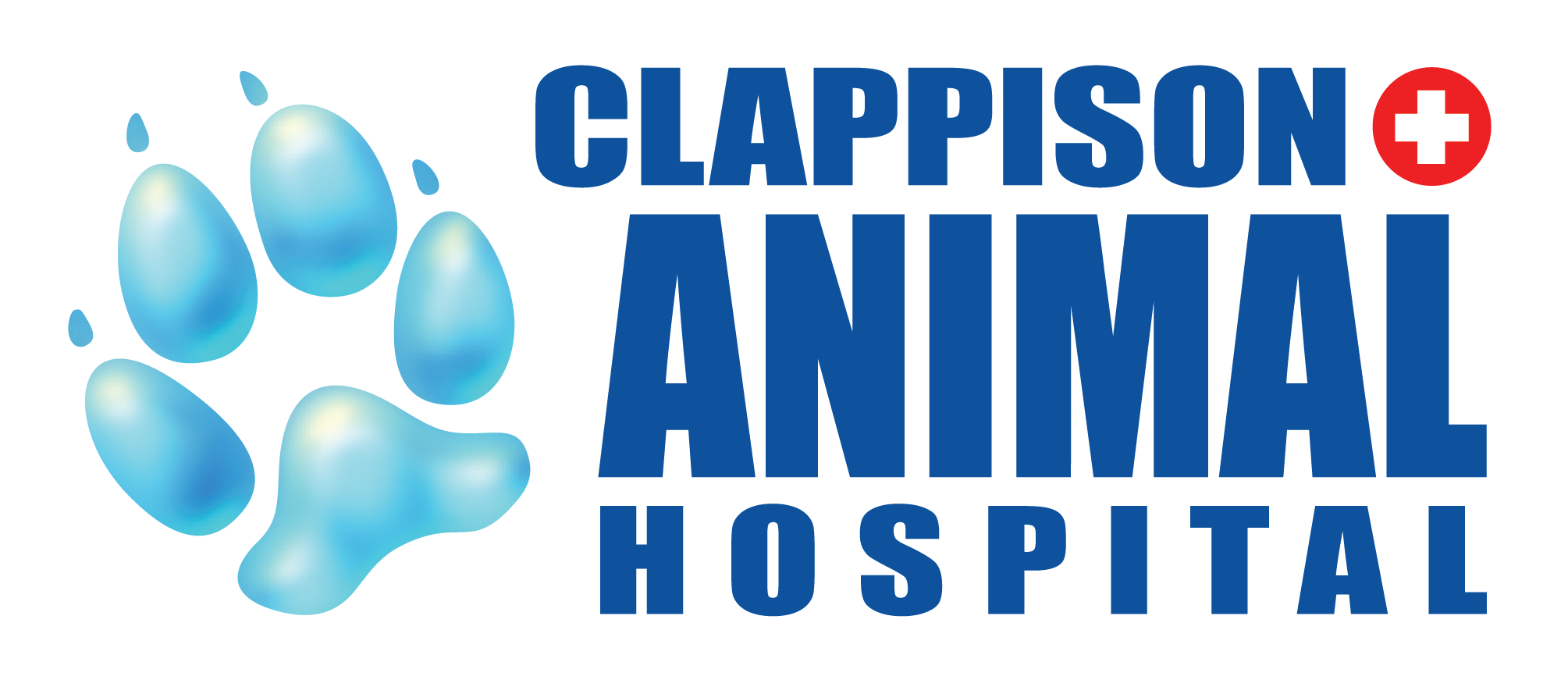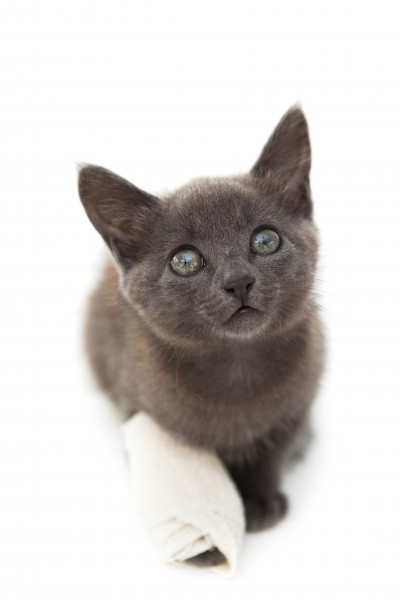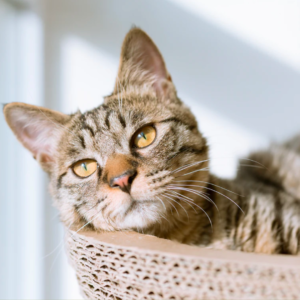When cats sustain traumatic injuries that damage muscles, nerves or bones, the end result is more often than not, a surgical amputation of the leg. These injuries occur most often in young, outdoor cats. Recovery from this procedure is excellent, as the cat’s other legs will gradually strengthen and adapt to the shift in weight distribution.
These “disabled” cats are very capable of leading, rich, full lives as “tripods”, or on three legs. The outright adaptability of the feline species is no better exemplified than in the amputee; owners of tripod cats report that their pets are very able to live active lives.
Enrichment in the amputee cat’s home environment is vital to ensuring that they are able to lead as normal a lifestyle as possible. Accessibility is key and modifications to the home may need to be made to allow tripod cats access to their favourite spots, to their food bowls and to their litter box. Cats will be cats – they are nimble, agile animals and will not let the loss of a leg stop them from exploring. Ramps can be built to provide greater ease of access to higher places, such as windowsills. De-cluttering floor space to allow for more freedom of movement and keeping floor surfaces free from thick carpeting or slippery tiles will also allow more security of movement as your cat explores life on three legs.
A tripod cat should never be allowed outdoors unsupervised, however exercise with a harness and leash is a great idea to help keep kitty physically active and mentally stimulated. Grooming may also pose a problem for the amputee cat and owners may need to provide their help to reach the areas on their pet’s body that they cannot.
It is crucial that three-limbed cats maintain a healthy weight. Even the slightest weight gain can severely limit the cat’s mobility, as well as put added strain on their joints and muscles. As they age, these cats may be more susceptible to osteoarthritis pain and joint inflammation. Regular physical examinations by their veterinarian are important to be sure that the cat’s body condition stays ideal.
Leg amputations are often more stressful on the cat owner than on the cat themselves it seems. Ultimately amputee cats should be given their independence as they learn how to cope with having one less leg.




